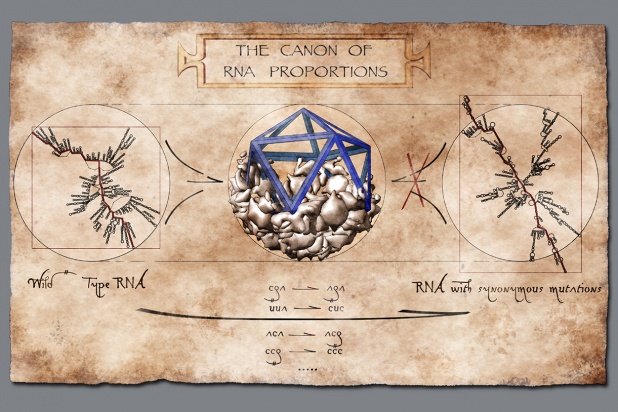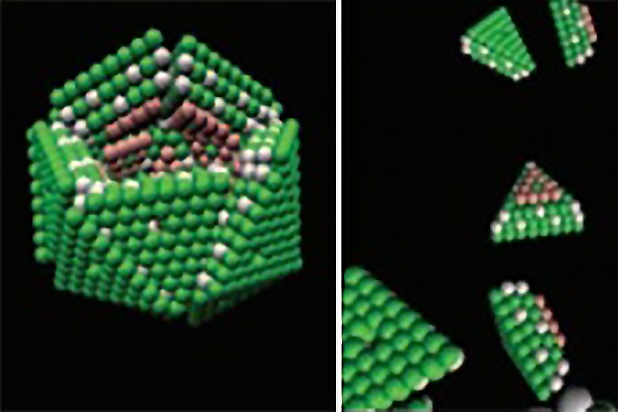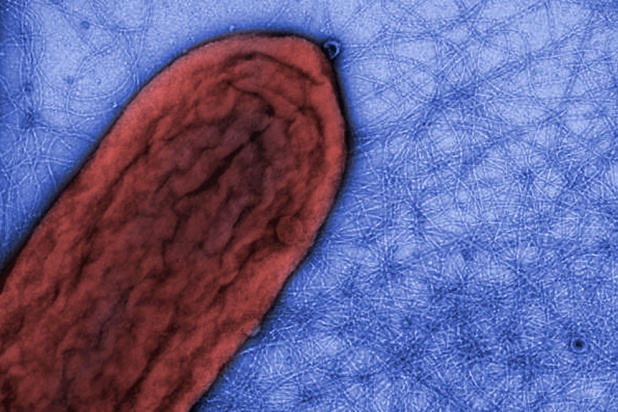From single-molecule to viral particles, nanoscale biophysics explores how small numbers of molecules come together to achieve structural and functional versatility. Proteins that form viral capsids, lipids that form transport vesicles, the chromatin assembly that controls DNA replication in higher organisms, and large enzymatic complexes that control metabolic pathways are all examples of nanoscale assemblies. Understanding gleaned from the study of these assemblies enables new technologies for drug delivery, nanofabrication, and translational medicine.





